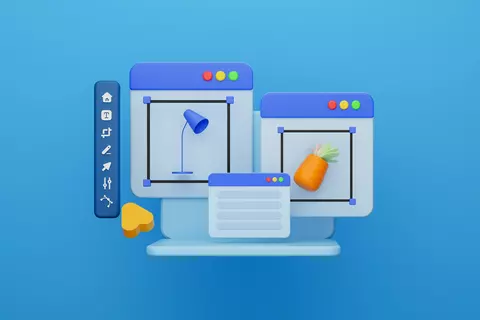
Google Spreadsheet and Copper Automation
The daily operations of modern businesses depend on a multitude of third-party services, which often operate independently of each other.
But sometimes, data or actions from one system need to appear in another system too. To achieve this, businesses have traditionally relied on employees or teams to regularly perform manual transfers or actions.
Such repetitive tasks should be automated as much as possible, so human resources can be shine elsewhere. This is where APIs come into play.
When two independent systems have APIs, it is possible to create softwares that act as a bridge between these two systems. My expertise is perfect to make this happen.
Case study: Copper and Google Spreadsheet
A client uses Copper, a powerful CRM, to track their clients and upcoming projects. But financial reporting and data cross-referencing are not possible and the management team would like to have reports more tailored to their needs.
Currently, the management team, which is well invested in Google Spreadsheet, creates a tailor-made report, drawing its data from a table from the Spreadsheet. But this data is static and several hours are required each time it needs to be updated.
In order to free the management team from these repetitive tasks, we implemented a Javascript application (node.js) which links Copper (the data source) and Google Spreadsheet (the destination). Daily, the application execute its synchronization tasks and updates the data table in Google Spreadsheet with the most recent data from Copper, without human intervention.
The management team therefore has, every day, a report with the most recent data, and without any human intervention.
In order to make the project as economical as possible, the script runs from a serverless on-demand environment It runs once a day, without having a fullttime serve dedicated to the project. The customer is billed by the minute, or less than $5 annually.
